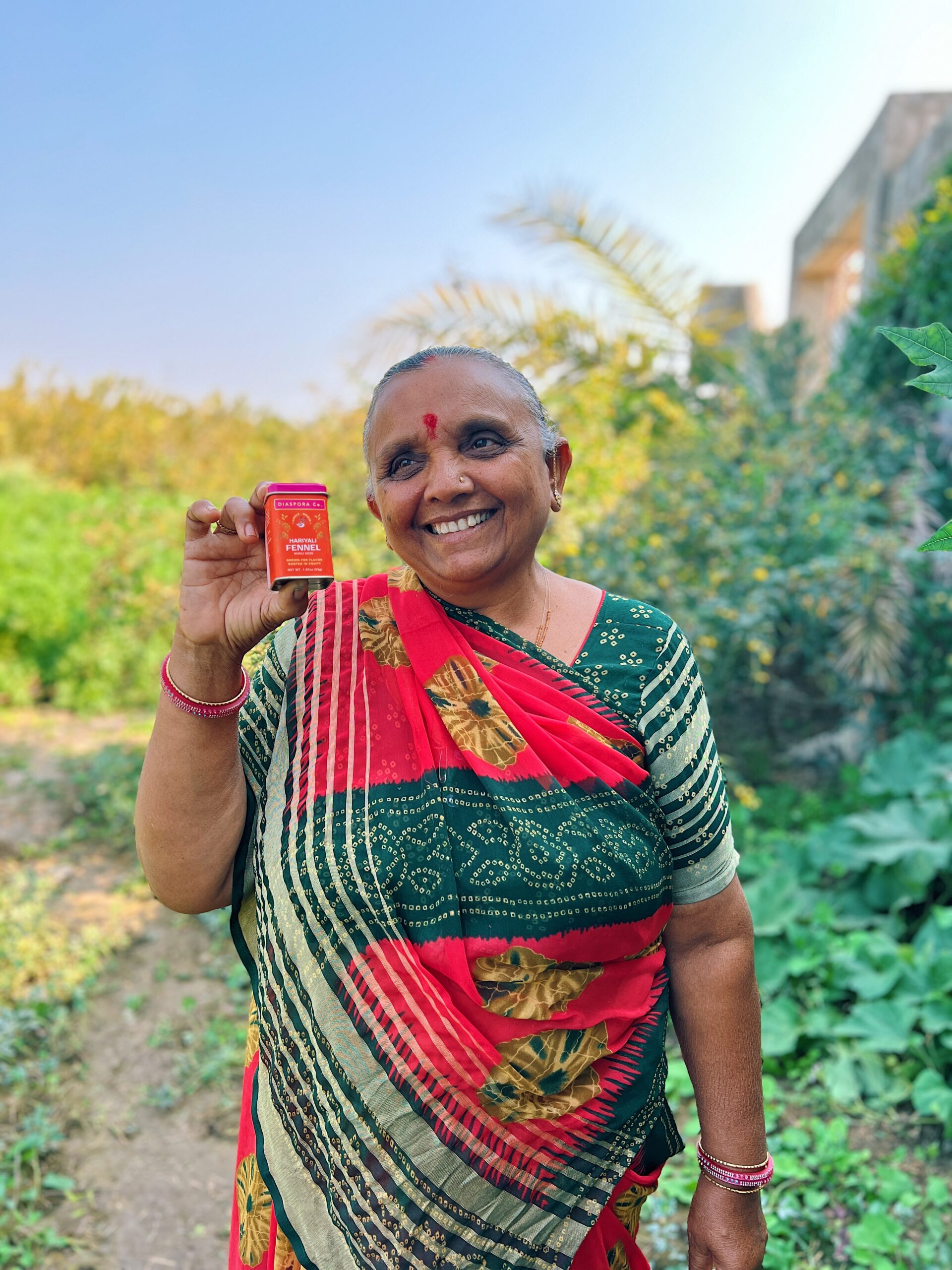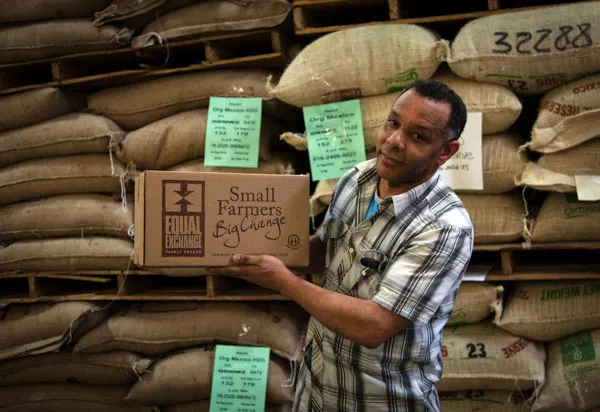In my last post, I described the rise of various visionary economic thinkers who viewed the economy as a whole system in contrast to the limited money-based view.
The money economy is global. It allows for trade and the movement of manufactured goods across political boundaries, and money can move around the world at electronic speed. It supports scale and efficiency and has made the accumulation of wealth a bedfellow of unparalleled poverty. Much of that wealth is a result of enclosing and owning natural resources and newer technological infrastructure that could more rightly be considered in the commons. It was this disparity and the injustice that accompanies it which led Henry George to seek a remedy. It is not hard to see both the genius and shadows of the money economy; many of us benefit and suffer from it. It has, unfortunately, pervaded all aspects of economic life to the exclusion of other ways of being economic.
A land-based economy is by definition rooted in place, animated by its inhabitants, and conditioned by the natural resources that make up the span of its geography, however that is defined—one day’s horse ride, river or mountain boundaries. Agriculture, for example, cannot be anything other than land based. In many ways, I would venture that most economies prior to the modern era and certainly prior to the ascent of the money economy worked that way. Such an economy understands and depends upon a social ethos in order to function, and every community member is valued though each has different capacities. In its ideal, it is a kind of gift economy. The Sarvodaya Movement in Sri Lanka founded by Dr. A.T. Ariyaratne is a living example. There are now some 15,000 villages practicing economic self-reliance based upon the land. Everyone is cared for, and everyone has meaningful work to contribute to the community regardless of age. They never talk about full employment as we do in Western culture. Instead they speak of full engagement. The beauty of such an economy is that the quality of community life is lifted and with it each individual. While a land-based economy may not generate such enormous wealth for individuals, it is, as in the case of Sarvodaya villages, more likely to foster a more fair economy that produces sufficiency. Of course, the risk involved in working this way is a shadow, a closed community that oppresses the life of the individual.
An example of the transformation of a land-based economy to a money-based one might help illustrate the distinction between the two. In Indonesia, prior to its independence following World War II, village life was very strong. The staple food crop was an indigenous variety of red rice, which provided a wide range of nutrients and supported people’s wellbeing; there was little disease or starvation. Following upon independence, the new government wished to participate in the emerging global economy and essentially directed rice growers to cultivate white rice that could be exported to hungry markets. The government provided the necessary subsidies and support. Shortly thereafter, with a shortage of red rice for nutrition and white rice transported out of the community to the marketplace, there was a rise in disease, malnutrition, and poverty. At the same time, wealth accrued to those who controlled the marketplace, who did not live in the villages, but rather in the ports and centers of capital. This portrayal is oversimplified to make the point, but the facts remain and the circumstances are nonetheless true—and, sadly, it is not an isolated case.
In the land economy, people are connected to the food they eat, the people that grow it, and the soil in which it is grown. Land based enterprise might include food processing, crafts and manufacture from regional materials, localized energy production through wind or solar, and the list I am sure can be much longer. The point here is that the economy emerges from working on the land. This framework does not in any way limit exchange between communities because the exchange remains between people who have their own connection to the land. Because the land held in common is a source of production, and not economic in and of itself, the land economy is much less likely to have externalized costs. And, there will be more ecological consciousness as the community has to live with the consequences of its own activities. In a land economy, transparency means that a product can be traced to its sources and makers.
On the other hand, the money economy makes it possible to manufacture on a scale and with efficiency not possible at a regional level. It would be absurd, for example, to think that each region has to make its own mass transportation vehicles. One question would be whether externalized costs and other less visible human and environmental consequences of manufacturing can be accounted and paid for, and mitigated in a restorative manner.
John Bloom is Senior Director, Organizational Culture at RSF Social Finance.


